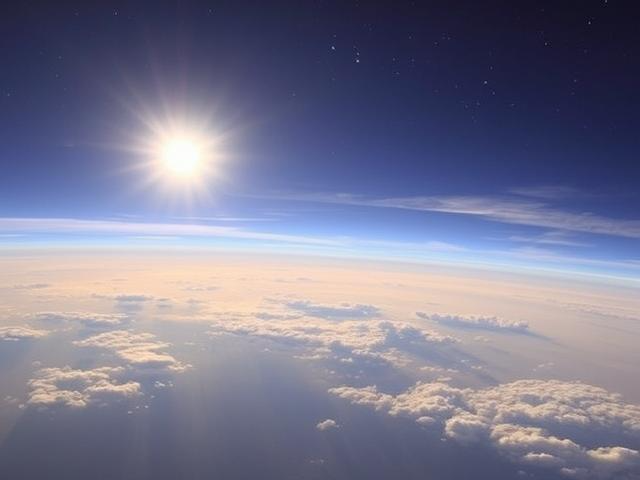Yes, the troposphere contains the greatest air pressure compared to other atmospheric layers, particularly at its lowest altitudes.
Does the troposphere have the greatest air pressure?
Here’s why:
Troposphere’s Position:
As the lowest layer of Earth’s atmosphere (extending from the surface up to ~8-15 km), the troposphere is closest to the Earth. Air pressure is highest at the surface because it results from the weight of all the air above pressing down.
Pressure Decreases with Altitude:
Air pressure diminishes as altitude increases. In the troposphere, pressure is highest at the bottom (near the surface) and decreases with height. However, even the upper boundary of the troposphere has higher pressure than the base of the overlying stratosphere.
Comparison to Other Layers:
Layers above the troposphere (stratosphere, mesosphere, thermosphere, etc.) experience progressively lower pressure due to their increasing distance from Earth’s surface and the reduced weight of overlying air. For example, the stratosphere begins where the troposphere ends, so its base already has much lower pressure than the troposphere’s surface-level pressure.
What is the troposphere?
The troposphere is Earth’s lowest atmospheric layer, extending from the surface up to ~8-15 km. It contains most of the atmosphere’s mass, weather systems, and life, with temperature decreasing as altitude increases.
What is air pressure?
Air pressure is the force exerted by the weight of air molecules in the atmosphere pressing down on Earth’s surface. It is strongest at sea level (where air is densest) and decreases with altitude. It is measured in units like pascals (Pa), millibars (hPa), or atmospheres (atm).
Conclusion:
While air pressure varies within the troposphere, it is the atmospheric layer with the greatest pressure overall, particularly at its lowest altitudes. No other layer surpasses it in air pressure.

Leave a Reply